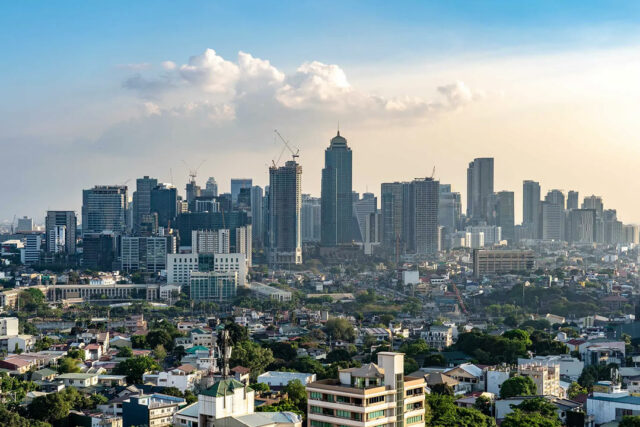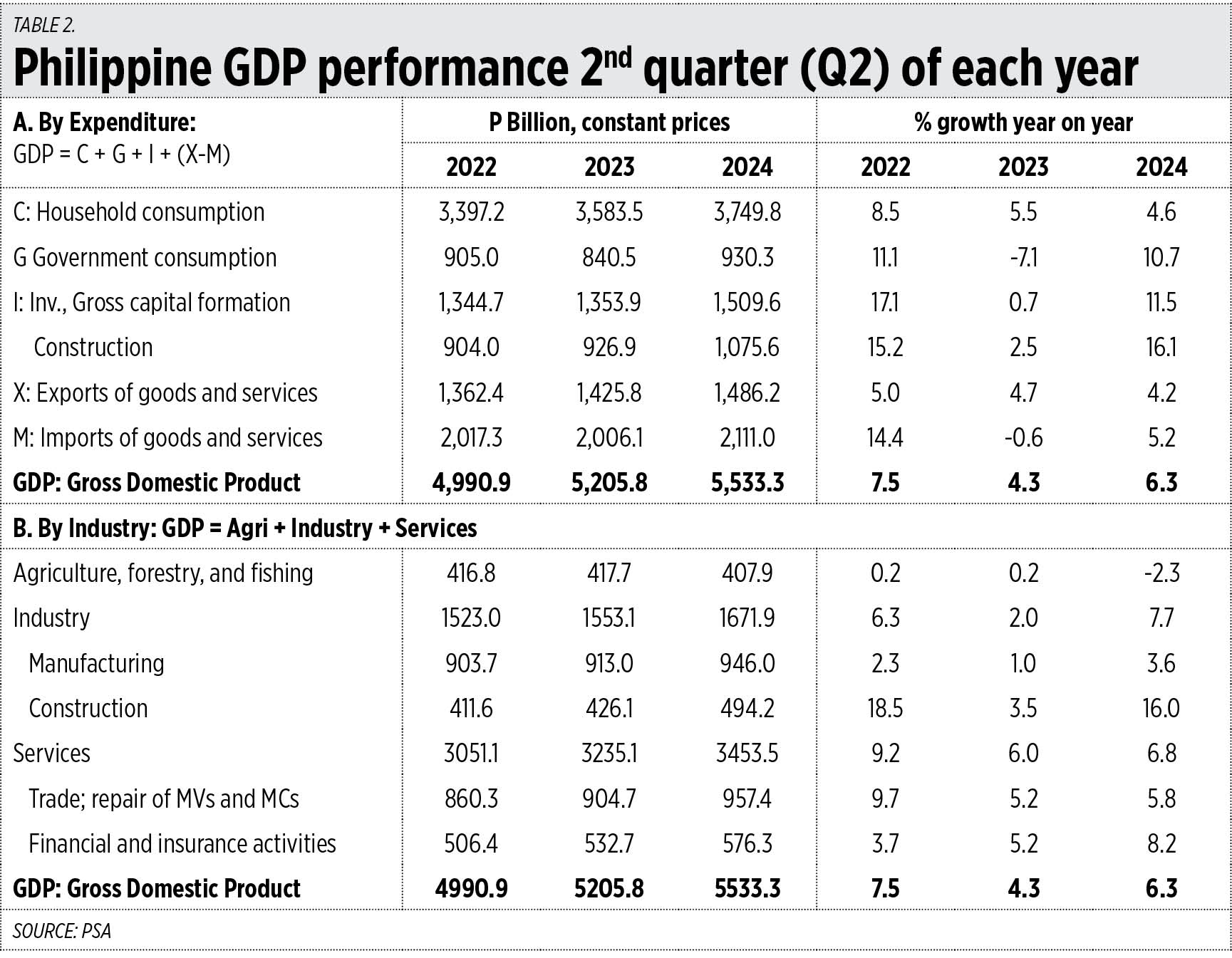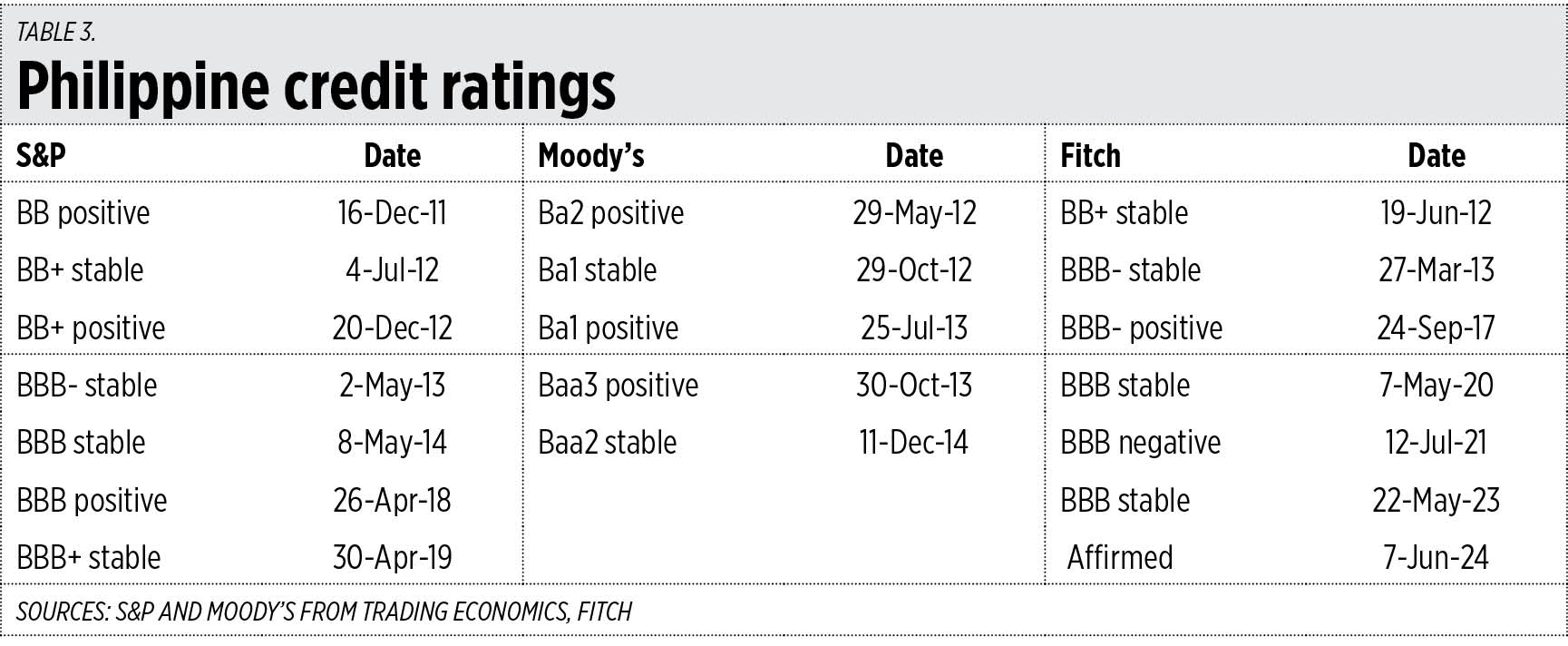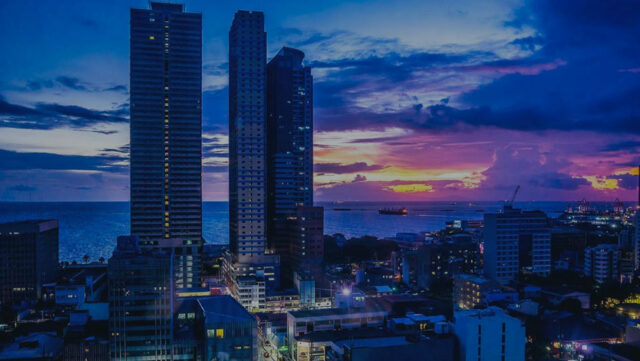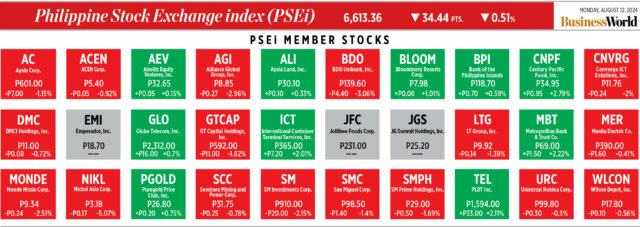On estimates of future claims and the PhilHealth reserve fund: Why giving away P89.9B is not a good idea
A part from the issue of whether the Secretary of Finance has the discretion to transfer PhilHealth funds to the General Fund is the question on the impact of the reduction of PhilHealth funds by P89.9 billion on the operations of PhilHealth. The P89.9 billion is part of PhilHealth’s P463.7 billion reserve fund as of the end of 2023.
PhilHealth’s P89.9 billion has been invariably referred to as a government subsidy, excess funds, unspent funds, and a reserve fund. If it is a subsidy, it is not a direct subsidy of the government for PhilHealth, but a subsidy for more than 38 million Filipinos — indigents, senior citizens, people with disabilities, and others. The subsidy represents the aggregate premium payment for the mass enrollment of the informal sector of the population in PhilHealth.
Withdrawing the P89.9 billion from PhilHealth is tantamount to cancelling the premium payment of the informal sector, consequently cancelling their enrollment in PhilHealth. That would be in violation of RA 11223, An Act Instituting Universal Health Care for All Filipinos. The law enrolled every Filipino citizen in PhilHealth.
It matters to PhilHealth, being an insurance company, if the P89.9 billion is an excess fund, unspent funds, or a reserve fund. In the context of insurance, a reserve fund is the amount of money set aside by an insurance company to assure the payment of future claims.
The P89.9 billion may be unspent or idle money at a certain point in time, but if the amount is part of PhilHealth’s reserve fund, it will not remain unspent or idle for long. A substantial part of it, or even the entire amount may be spent within the year.
In 2022, the total premium received by PhilHealth was P216.8 billion. The claims paid totaled P129.6 billion or 59.8% of premium received. In 2023, premiums received totaled P224.9 billion and claims paid amounted to P122.4 billion or 54.4% of premium received. The decrease in the ratio of claims paid to premiums received was due to the decrease of COVID-19 related cases in 2023. Payment for COVID-related cases was P35.3 billion in 2022 and P16.6 billion in 2023. We can safely assume it will be significantly lower than P16.6 billion in 2024.
PhilHealth’s income statement for the period ending June 30, 2022 showed operating expenses of P3.3 billion. Extrapolating that to one full year, PhilHealth’s operating expenses for one year should average P6.6 billion. Operating expenses in 2023 should not be markedly different from that amount.
As the law mandates that every Filipino citizen be enrolled in PhilHealth, it has no need for agents and brokers to sell PhilHealth policies. Thus, it does not pay commissions to anybody as private insurance companies do. Also, PhilHealth is by law tax exempt. So, what is left after deducting claims payment and operating expenses from premiums received is the net income.
Based on the data provided by PhilHealth, it would seem PhilHealth’s reserve fund of P463.7 billion is more than enough to cover future claims. However, what is not shown in PhilHealth financial statements is Incurred But Not Reported, commonly known in the insurance business as IBNR.
A PhilHealth enrollee may be hospitalized but instead of availing himself of his PhilHealth benefits, he pays the hospital bill and the doctor’s professional fee to facilitate his discharge and files a claim with PhilHealth at a later date for reimbursement of his medical expenses. That is IBNR. Or he could choose to avail himself of his PhilHealth benefits by asking the hospital to apply his PhilHealth benefits to his bill. In which case it is the hospital that incurs expense for which it will ask PhilHealth at a later date for compensation. That, too, is IBNR.
Since PhilHealth knows neither how many of these expenses have been incurred, nor the amount of each expense, IBNR is necessarily an estimate.
There is also IBNER — Incurred But Not Enough Reported. It refers to development on reported claims. For example, when a claim is first reported, a P10,000 payment might be made, and a P2,000 case reserve might be established, for a total initial reported amount of P12,000. However, subsequent expenses related to the original claim may be incurred, resulting in a total claim of P20,000. The estimated amount of this future development on reported claims is known as IBNER.
Various methods are used to estimate IBNR and IBNER. The chain-ladder method is the most common method used. The primary underlying assumption of the chain-ladder method is that historical claims development patterns are indicative of future claims. However, factors other than historical claims patterns should be considered when estimating future claims.
The impact of COVID-19 must have wreaked havoc on PhilHealth’s 2020 estimates of future claims and reserve fund as historical data prior to 2020 did not include COVID-19 related claims. COVID-19 related claims comprised 27% of total claims in 2022 and 17% in 2023. Estimates of future claims based on historical data are generally increased by about 10% by actuaries to cover contingencies.
That is why whoever in PhilHealth estimates future claims and the corresponding reserve to fully cover all those claims should be familiar with the developments and patterns in the areas of morbidity broken down into age bracket, geographical location, occupation, and socio-economic class. He should also know the capacity of the country’s healthcare delivery system and advancement in medical science as they also determine the cost of healthcare and its inflation rate.
Using a blend of mathematics, statistics, and financial theory, he estimates the financial risk and the size of the reserve fund. That means whoever does the calculations should have received formal training in mathematics, statistics, probability, economics, finance, and computer science. We asked PhilHealth if whoever does the calculations and projections has such an academic background. We did not get an answer.
So, we do not know if future claims and the reserve set aside to cover those projected claims were calculated competently. Therefore, we cannot say that the reduction of PhilHealth’s reserve fund by P89.9 billion has not compromised the integrity of the reserve fund.
Oscar P. Lagman, Jr. was formerly the chief operating officer of a health insurance company and consultant to others.


